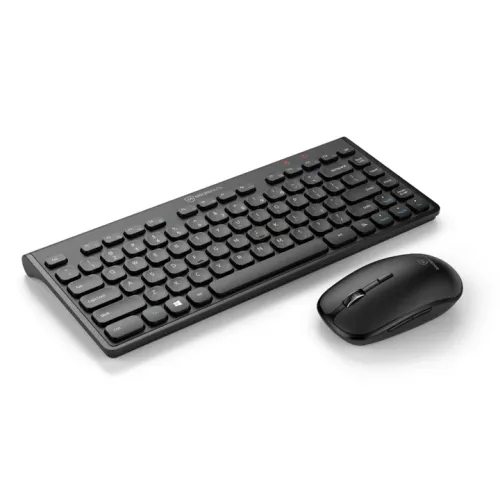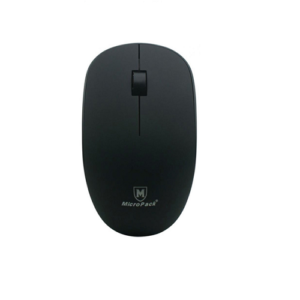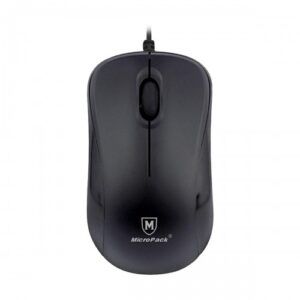Wireless Keyboard Features and Specifications
Wireless keyboards have become increasingly popular, offering users convenience and flexibility in their computing experiences. When considering a wireless keyboard, it is essential to examine its key features and specifications, which can significantly impact usability and overall satisfaction. One of the primary specifications is the number of keys, which typically ranges from 78 to 104, depending on the model. These keys usually include standard alphanumeric keys, function keys, and control keys, allowing for comprehensive functionality.
Multimedia capabilities are another important aspect of wireless keyboards. Many models include dedicated media control buttons that enable users to adjust volume, play, pause, and skip tracks without needing to navigate through software. Moreover, the type of key switch used can greatly affect the typing experience. Common options include membrane switches, which provide a quieter operation, and mechanical switches, which offer tactile feedback and greater durability. Mechanical keyboards often boast a longer lifespan, making them a preferred choice for avid typists.
In terms of connectivity, most wireless keyboards utilize RF 2.4GHz technology, which allows for a stable connection with minimal latency. Some models may also offer Bluetooth compatibility, providing additional convenience for connecting to a wider range of devices. Ergonomic design is another critical feature, with many keyboards designed to reduce strain during prolonged use. Factors such as overall dimensions, key layout, and a comfortable wrist rest contribute to improved ergonomics.
Durability is another consideration, which is often reflected in the key life expectancy, typically rated at 5 million keystrokes or more for quality models. The power requirements of wireless keyboards generally involve battery operation, with many utilizing AA or AAA batteries. Battery life can vary widely, but many keyboards claim lifespans of up to a year on a single set, making them suitable for both casual and intensive users.
Wireless Mouse Specifications and Functionality
Wireless mice have gained immense popularity due to their convenience and functionality. The typical configuration of a wireless mouse includes several essential buttons designed to enhance user experience. The left and right buttons cater to primary functions such as clicking and selection, while the scroll wheel provides an intuitive way to navigate through documents and web pages. Additionally, many modern wireless mice incorporate forward and backward buttons, allowing users to swiftly move between web pages without needing to reach for the keyboard. One significant aspect of a wireless mouse is the DPI (dots per inch) switch, which typically offers adjustable resolution settings of 800, 1200, and 1600 DPI. This feature allows users to select a sensitivity level that best suits their workflow, whether they are engaging in fine graphic design work or rapid gaming scenarios.
The adjustable DPI settings play a crucial role in the performance of the wireless mouse. A lower DPI setting is beneficial for tasks requiring precision, while a higher DPI setting is suited for general browsing or gaming, providing quicker cursor movements across the screen. Understanding these configurations enables users to tailor the mouse’s performance to their specific needs, enhancing their overall computing experience.
Battery life is another important consideration when selecting a wireless mouse. Many models utilize efficient rechargeable or replaceable batteries, which can last anywhere from several weeks to months on a single charge, depending on usage patterns. Moreover, the dimensions of the mouse contribute to its ergonomics; a well-sized mouse can significantly reduce hand fatigue during prolonged use. Warranty coverage typically ranges from one to three years, offering users peace of mind and protection against manufacturing defects. Overall, a detailed understanding of these specifications ensures that users can choose a wireless mouse that is not only compatible with their tasks but also tailored to their unique preferences and comfort.





